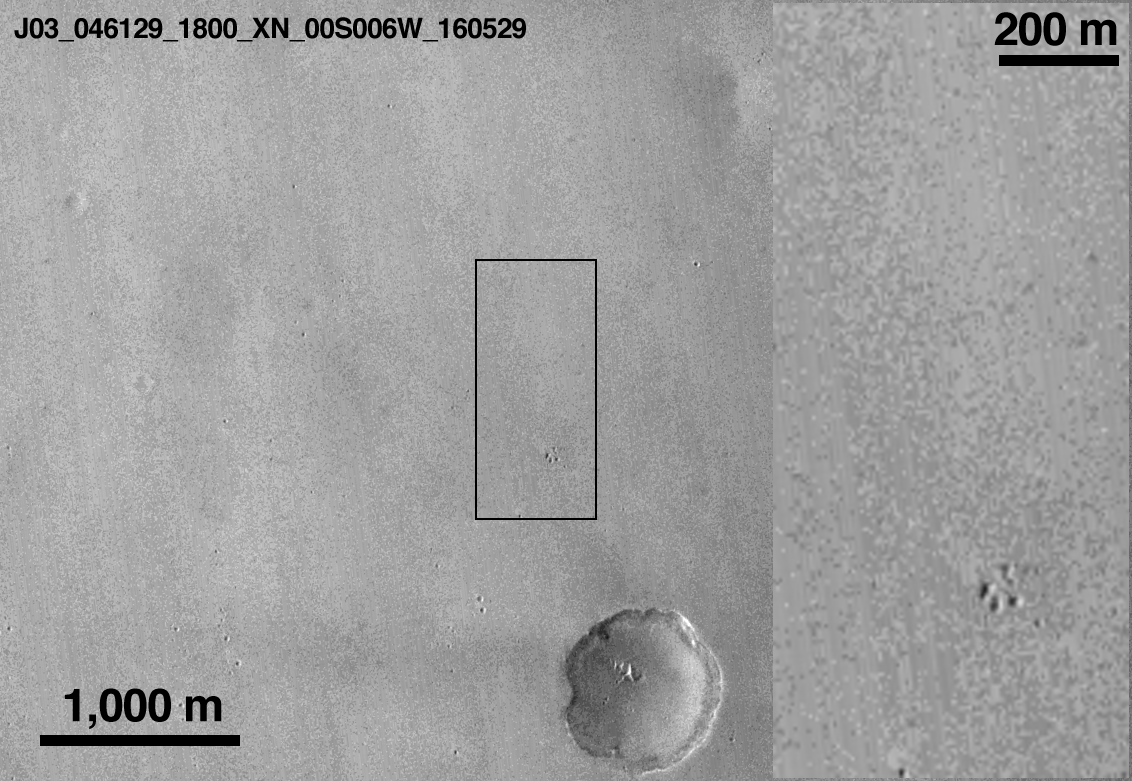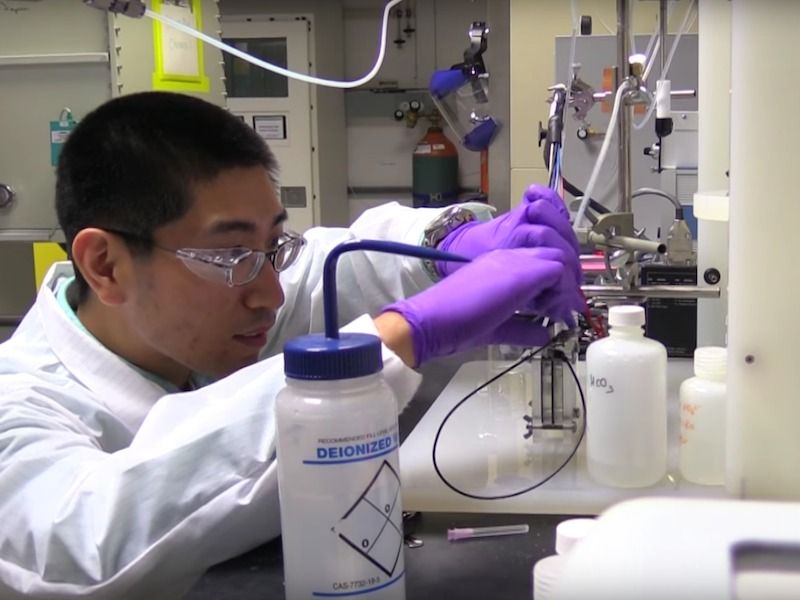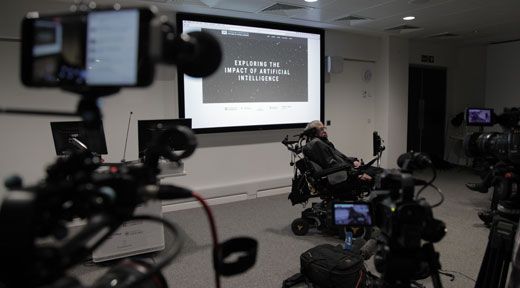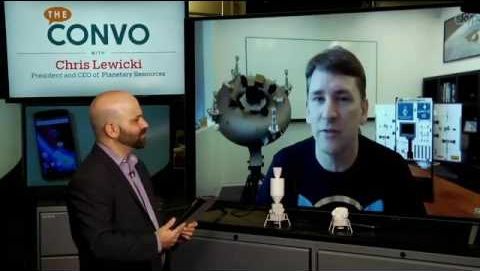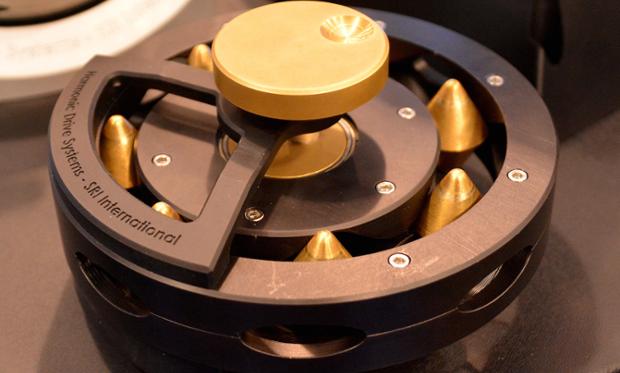Oct 21, 2016
ESA’s Mars Lander May Have Exploded On Impact
Posted by Bruce Dorminey in category: space
ESA’s Mars Test Lander likely exploded on impact after dropping from a height of four kilometers after its retrorockets prematurely switched off. Just another lesson in how difficult these missions actually are; a cautionary tale for new space entrepreneurs.
New NASA images of the Martian surface indicate that the European Space Agency’s (ESA) Schiaparelli ExoMars 2016 test lander likely crashed from a height of at least two to four kilometers as it made its way through the Red planet’s thin atmosphere.
Surface markings imaged by NASA’s Mars Reconnaissance Orbiter and released via NASA JPL, identifies new markings believed to be related to ESA’s Schiaparelli Entry, Descent and Landing Demonstrator Module (EDM), which arrived at Mars on Oct. 19th. Schiaparelli may have exploded on impact after impacting at speeds greater than 300 kilometers per hour.
Continue reading “ESA’s Mars Lander May Have Exploded On Impact” »
